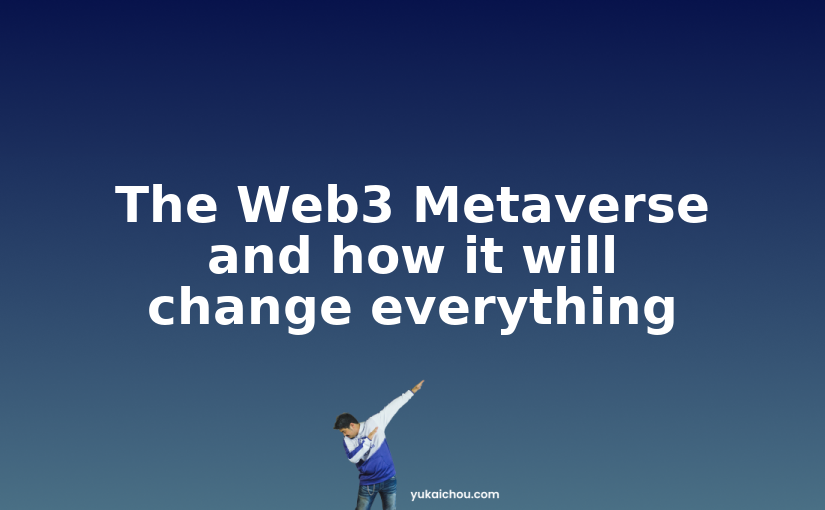 Bad Shifts from White Hat Design to Black Hat Gamification Design
Bad Shifts from White Hat Design to Black Hat Gamification Design
(Below is a snippet of Gamification Book: Actionable Gamification – Beyond Points, Badges, and Leaderboards. Please subscribe to the mailing list on the right to order the book when it launches. This post may be moved into a Premium Area after a certain period of time).
When you switch from White Hat motivation to Black Hat Motivation, you need to make sure you understand the potential negative consequences. As an example, there was a day care center in Israel that had a problem with parents being late to pick up their kids. Researchers Uri Gneezy and Aldo Rustichini decided to conduct an experiment and implemented a test policy where parents would be charged $3 every time they were late.
Now a typical economist will tell you that this penalty would result in more parents picking up their kids on time because they don’t want to lose money. However, the plan ended up backfiring – even more parents were now arriving late. Worse yet, when the daycare center realized this wasn’t working and decided to remove the penalty fees, more parents *continued* to be late.
The plan backfired because they transitioned the parents’ motivation from Core Drive 1: Epic Meaning & Calling (as well as Core Drive 5) to a weak form of Core Drive 8: Loss & Avoidance. Originally the parents tried to pick up their kids in a timely manner because they inherently wanted to be *good* and responsible parents. They also didn’t want to burden the daycare center and its staff, so they tried earnestly to show up on time.
But when the daycare center put a monetary value on tardiness, it basically told parents that it was alright to be tardy as long as they paid the modest fee. Parents who were in business meetings or were preoccupied were therefore able to justify being late because a business meeting is worth more to them than the $3. Loss & Avoidance against leaving that meeting early was more powerful than Loss & Avoidance for losing $3.
Returning to the concept of proportional loss, we see that despite Loss and Avoidance typically being a powerful motivator, the $3 fee was just too low to properly motivate the parents in this situation. Remember I discussed about how when you use Loss & Avoidance, the loss needs to be threatening? If the daycare center charged a lot more than $3, the Loss & Avoidance motivation would become more threatening and more parents would likely comply (begrudgingly of course, which would lead to switching day-care centers soon).
Currently, there are some daycare centers that charge a $1 late fee for *every minute* the parent is late. This design actively gets parents to be on time more often. This is not only because the loss is more threatening, but also due to the parents feeling a combination of Core Drive 6: Scarcity & Impatience, as well as a bit of Core Drive 3: Empowerment of Creativity & Feedback since they feel a stronger sense of agency over end results.








